When Will Hens Start Brooding Again
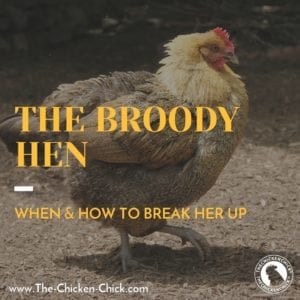
The sweetest hen in the flock sits in the same nest box all day, growling, puffing out her feathers, even pecking at intruders- both feathered and kicking-wearing. She is not a beast to be trifled with. What's her problem? She is broody, which means she is determined to hatch chicks, but if she is non actually going to hatch chicks, the behavior must be interrupted, or broken up, and the sooner, the ameliorate.

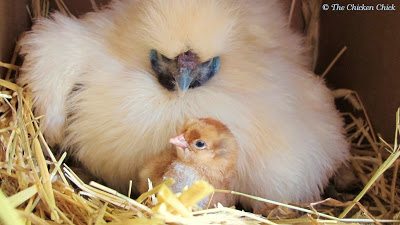
WHAT'Due south A BROODY HEN & WHAT CAUSES BROODINESS?
A broody hen is one that is inspired to sit on a nest until she hatches chicks. It is an instinct influenced by hormones and lighting factors that can be triggered past seeing a drove of eggs in a nest or another broody hunkered downward in a nest box.
A hen has a hormone surge prior to egg-laying that causes her to find and prepare a nest for the arrival. The hormones unremarkably return to normal levels later on the egg is laid, simply occasionally they volition remain elevated, which causes the hen to sit in a chosen location, prepared to hatch eggs. The presence or absenteeism of a rooster in the flock or availability fertilized eggs means naught. Some breeds are more predisposed to broodiness than others, Silkies, Orpingtons, and Cochins, for example. I like to say that broodiness is a 'calling.' Not every hen volition "get broody" in her lifetime, but those that practise are committed to their calling and fiercely protective of their territory.
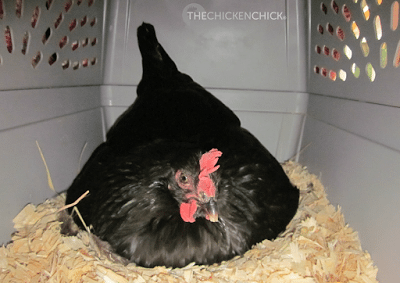
Some broodies volition lay a clutch of eggs, which, if fertile, will expect until she is fix to sit down on them, warming them until they hatch. When she is ready to begin sitting on the eggs her body releases the hormone, prolactin, which stops egg-laying temporarily. Under ordinary weather, she will sit on the eggs for 21 days, raise her chicks and resume egg-laying approximately 6 weeks later.
If in that location are no fertilized eggs or she sits on an empty nest, broodiness tin can go along long across three weeks, resulting in negative health consequences to the hen and potential bug for the flock.
Some criminate that a broody can be dissuaded from setting by keeping eggs out of her sight by frequent drove or hanging nest box defunction, but, my experience with countless broodies has shown that a hen inclined to breed needs no encouragement and cannot be discouraged that easily . Nigh follow their maternal instincts regardless of caretaker trickery.
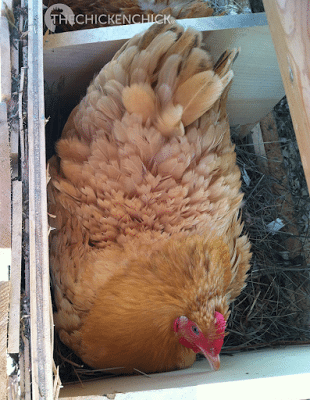
HOW TO Identify A BROODY HEN
Equally a general rule, a broody prefers a night, private, comfy location in which she volition sit until her eggs hatch. Her chosen spot may be a nest box, or a subconscious location away from the coop. Information technology is not unheard of for a hen to disappear from the flock and return 3 weeks later with baby chicks in tow.

The sweetest hen in a flock is barely recognizable when she is broody. She is fiercely protective of her territory. When approached, she growls, shrieks, puffs out her feathers, and pecks at any intruder, trying to be as intimidating every bit possible in defense of her eggs.
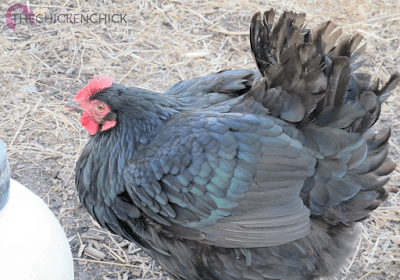
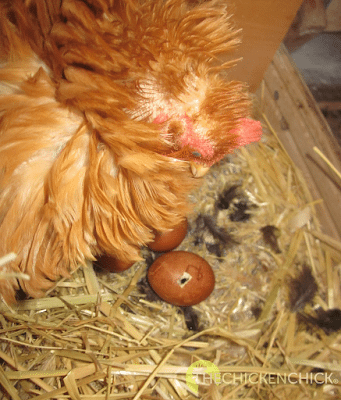
A broody hen sits in her chosen spot, briefly leaving it once or twice a solar day to eat, drinkable and relieve herself. Broody poop is the most horrendous-looking, foul-smelling and ginormous of all specimens considering the droppings are retained for hours vs. being eliminated regularly throughout the day. A broody hen does non foul her nest, keeping it make clean for her predictable chicks.
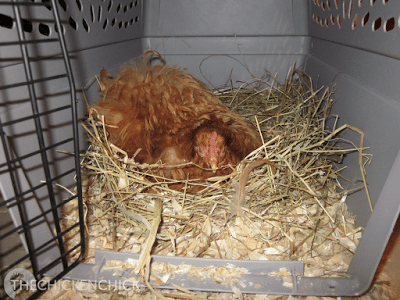
A broody plucks her own breast feathers to expose the warmth and moisture of her peel straight to the eggs. hence the expression "to feather one's nest," pregnant to prepare for something.
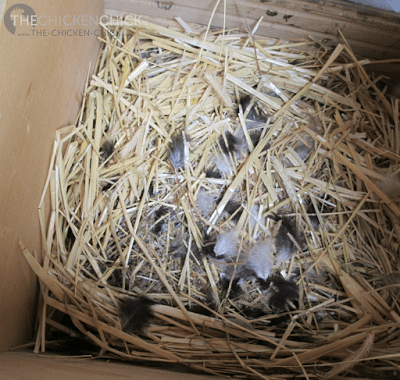
THE CONSEQUENCES OF UNWANTED BROODINESS
Her calling requires her to sit and await for chicks to hatch. The lack of fertile eggs or any eggs at all practice non business concern her. She obeys her calling to sit down and in doing then, she will neglect herself for the expert of her anticipated chicks. She swallow, drinks and eliminates waste once or twice a twenty-four hour period, at about. Her comb becomes pale, her feathers lose sheen and she loses a noticeable amount of weight. This drastic change normal routine is tolerable in 21 day stints but protracted stints are unhealthy for her.
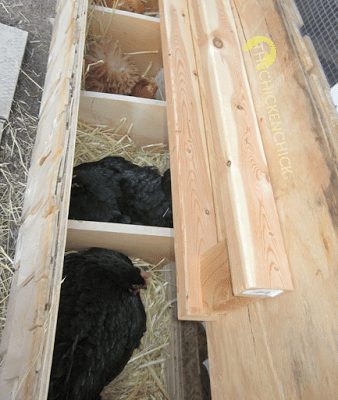
She will keep to lose weight and becomes vulnerable to external parasites settling in among her feathers. She stops producing eggs while heart-searching and for five weeks or more afterwards. She cannot be relied upon for contributions to egg sales or consumption for 8 weeks total, on average. Her behavior often inspires other hens in the flock to become broody, multiplying the consequences already mentioned.

Inside 24 hours of the first broody appearing last summer, every nest box in my coop was full of broody hens. Broodiness begets broodiness. A broody occupies a nest box that laying hens may wish to employ and they volition either bring together her in it, creating an environment in which eggs tin can be broken, or may observe another, less desirable place to lay their eggs. Neither option is ideal.
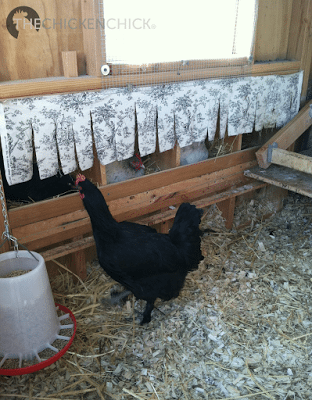
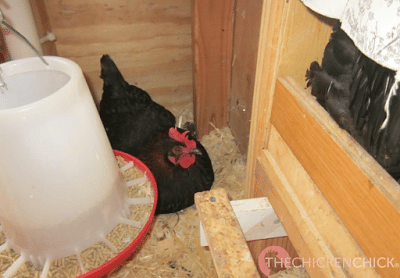
HOW TO Interruption A BROODY
A broody hen who is allowed to sit indefinitely can suffer fiftyong-term health consequences and fifty-fifty die from malnutrition or dehydration. It is of import to 'interruption' or stop a hen's broodiness as soon every bit possible afterward identifying the behavior. The longer she is broody, the longer information technology will take to break her and the longer it will take for her to return to egg-laying. If the beliefs is identified within the first twenty-four hour period or 2, it tin can often be reversed inside a day or two. To break a broody, her belly must exist cooled off gradually and her comfy nesting routine disrupted in a deliberate method I call "the broody breaker."
In that location are many suggested methods for broody-breaking, some unreliable or ineffective, some fell and inhumane. I strongly recommend confronting any technique involving water or ice. I as well do not recommend the 'boomerang' method of taking her out of the nest repeatedly, only for her to panic, cluck and run directly back to her called spot or to sit correct down in protest before running back to her nest. I discover this method unnecessarily protracted and stressful for anybody. Further, she continues to occupy a nest box during this fourth dimension, making it unavailable for other hens to employ.
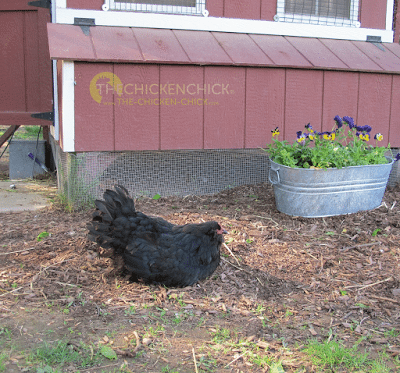
This is a broody was taken out of the nest for illustration purposes only. She promptly assumed the broody position in the mulch. Shortly thereafter she was moved into the Broody Breaker.
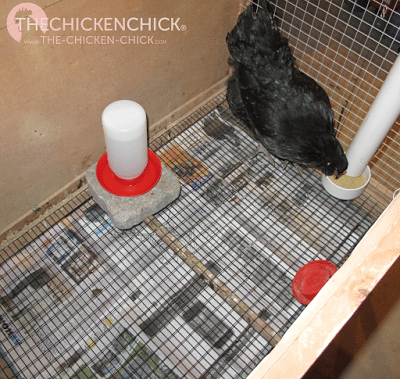
THE BROODY Breaker
To break a broody hen, I utilize a proven and reliable method consisting of a wire-bottomed cage, raised off the floor, placed in a well-lit location abroad from the coop . Equally before long every bit a broody is identified, she goes into the Broody Breaker. A rabbit hutch serves this purpose perfectly. The wire bottomed cage allows cooler air to circulate under the hen, cooling off her belly/breast. The key is an elevated, wire bottomed cage without litter, located away from the coop. It's fine to provide a roost if you'd like. She is kept in the Broody Breaker 24 hours a day until she is no longer broody, aka: "broken up."
A second method of breaking up a broody is to graft chicks to her, which can be risky. Learn how to graft chicks to a broody hen here.
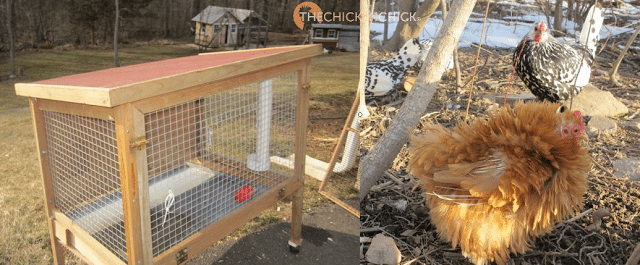
The Broody Breaker is Rachel'due south second dwelling house. Cochins are notorious broodies.
Once in the Broody Breaker, she will be upset briefly but volition shortly settle down. Broody hens prefer comfy, well-padded, dark, undisturbed locations for sitting. The wire bottomed cage is annihilation but cozy. If she is identified early in her broody state, she should be broken within a few days and back to egg laying within a week or so. The longer she is immune to sit, the longer she will have to remain in the Broody Breaker and the longer she volition take to get dorsum to egg production.
HOW TO KNOW WHEN SHE'S Cleaved UP?
When a broody hen begins walking effectually the cage, eating, drinking and pooping often throughout the day, she may be broken upward and ready to return to the coop. To test whether a hen is ready to join the flock as a contributing member again, remove her from the Broody Billow and lookout man her behavior. If she is still broody she will high-tail it direct back to her called nest by the end of the day, if not immediately, in which case, dorsum she goes into the Broody Breaker for another tour of duty.

You May Besides Like
pohlmanvalmostricay59.blogspot.com
Source: https://the-chicken-chick.com/broody-breaker-when-hens-mood-to-hatch/